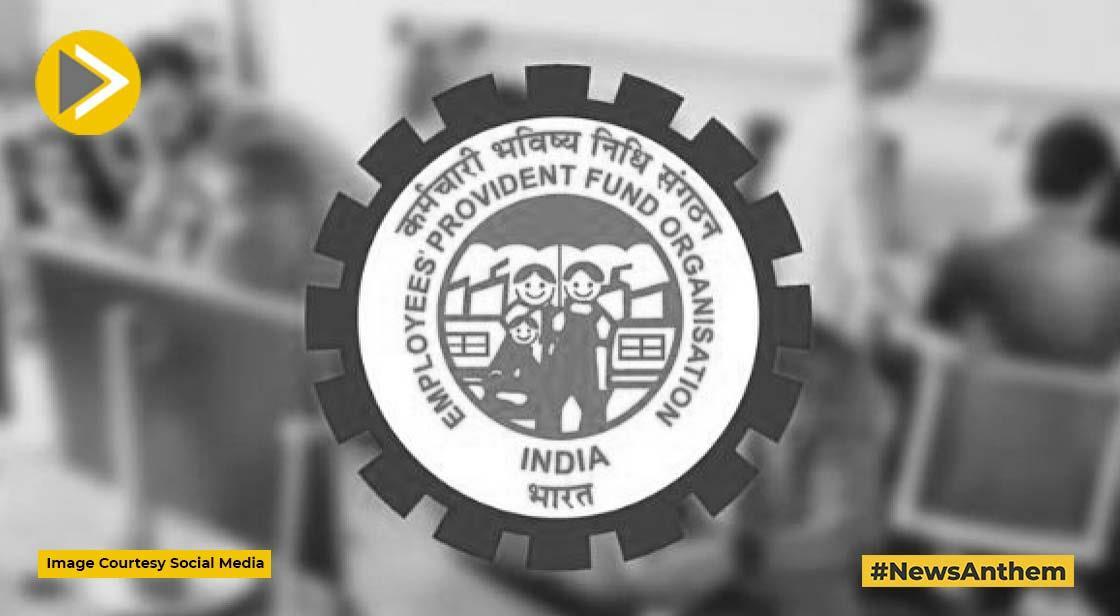EPFO Announces New PF Withdrawal Rules: Myths, Facts, and What Employees Need to Know

News Synopsis
The Employees’ Provident Fund Organisation (EPFO) has rolled out new rules aimed at making it simpler and faster for salaried employees to withdraw money from their provident fund (PF) accounts.
These updated norms are designed to reduce paperwork, cut down on claim rejections, and streamline access to savings during emergencies.
Until recently, EPFO maintained 13 separate categories for partial withdrawals — each with its own form, approval process, and conditions. This created confusion for many members, often leading to delays and rejected claims due to misinterpretation of the rules.
New Minimum Balance Rule
Under the new system, the Employees’ Provident Fund Organisation (EPFO) has introduced a minimum balance rule, ensuring that at least 25% of an employee’s PF corpus remains untouched in their account.
Employees can now withdraw up to 75% of their total PF balance, while maintaining this required minimum.
Additionally, in case of job loss, the timeline for final settlement has been extended from two months to one year, giving members more breathing room to manage their financial planning.
EPFO Busts Myths Circulating Online
Following the announcement, social media platforms were flooded with misinformation suggesting that employees could no longer withdraw their PF after leaving a job.
The EPFO has firmly clarified that this claim is false.
According to a senior government official:
“Employees can still withdraw 75% of their PF immediately after leaving a job and the full amount after one year of unemployment.”
The new measures are meant to discourage frequent small withdrawals, which often interrupt the continuity of service and reduce pension eligibility.
Data Highlights the Need for Change
EPFO data reveals concerning trends in how employees use their retirement savings.
-
Nearly 50% of members had less than ₹20,000 in their accounts at the time of final settlement.
-
Around 9 out of 10 members had less than ₹1 lakh remaining.
Frequent withdrawals have left many workers with little savings to rely on after retirement, defeating the core purpose of the provident fund.
Easier Rules for Marriage, Housing, and Education
Contrary to the online buzz, the EPFO has actually expanded withdrawal flexibility across several categories.
Previously, employees had to wait five to seven years before accessing their PF savings for events like marriage or purchasing a home.
Now, members can make such withdrawals after just one year of service.
Similarly, the rules for education and medical emergencies have been made more lenient, ensuring that funds are available when they are most needed.
“Special Circumstances” Withdrawals Introduced
Under the new “special circumstances” provision, EPFO members can now withdraw funds twice a year without providing a reason or supporting documents.
This facility will help employees manage urgent financial needs with greater flexibility and less bureaucracy.
Officials have stated that this move will reduce red tape and cut claim rejections, allowing millions of salaried workers to access their savings efficiently.
Myth vs. Fact: Setting the Record Straight
| Myth | Fact |
|---|---|
| Employees can no longer withdraw PF after leaving a job. | False. Members can still withdraw 75% after leaving and the remaining 25% after one year of unemployment. |
| The new rules restrict withdrawals. | False. Withdrawal options have been expanded for housing, education, and emergencies. |
| EPFO is reducing employee benefits. | Incorrect. The changes simplify processes and protect long-term pension benefits. |
Conclusion
The latest EPFO reforms mark a major step toward a simpler, faster, and fairer provident fund system. By tackling misinformation and introducing flexible withdrawal categories, the organisation is ensuring that employees retain control of their savings while still protecting long-term retirement benefits.
These measures highlight the government’s focus on financial inclusion, digital governance, and employee welfare, ensuring India’s workforce has easy access to funds when life demands it — without compromising their future security.
You May Like









